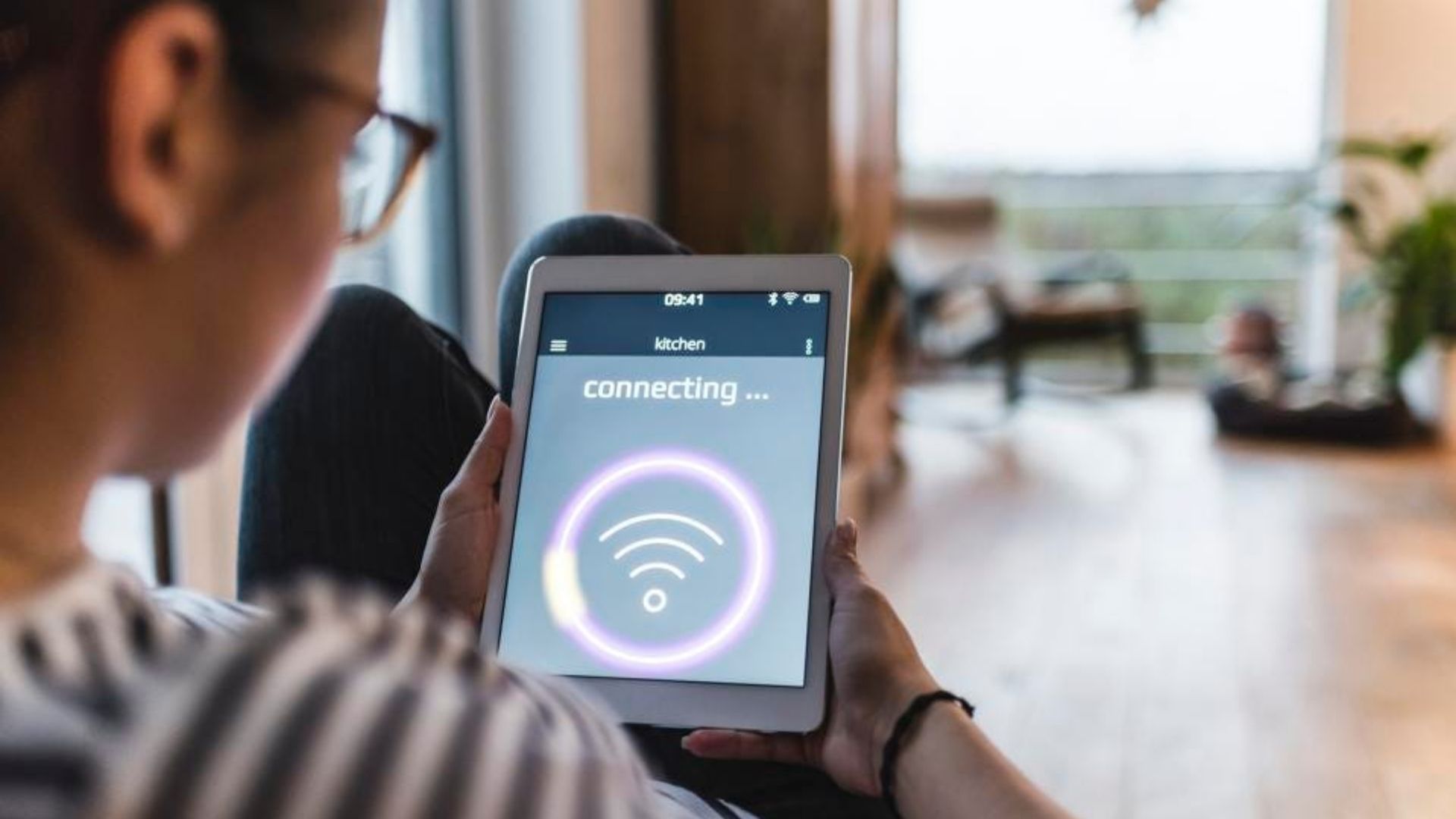More families are staying at home and connecting more devices to the internet. This means that consumers will need to have a reliable connection and one that’s fast enough to provide the services that families need whether they’re working from home, communicating with doctors, or taking classes online. There are a few tips to keep in mind that can help boost your internet speed so that you can do the things that you need to accomplish or have a little fun while you’re at home.
Placement
Think about where your router and modem are placed in your home as the location can often be a factor in the strength of your signal. Try to find a central location in your home so that the signal travels as far as possible. You should also try to position the equipment on top of something, such as a bookcase or a table, instead of putting it underneath a table so that it’s hidden. If you find that you get online outside more than you are indoors, then place the equipment near a window so that you have a better signal on the porch or in your yard.
Extending the Signal
A Wi-Fi extender is an option to consider as well as it can help expand the signal in your home to locations that are farther away from the equipment. This is a good idea if you have a larger home or if you have multiple floors in your home. You can usually get an extender from your wireless internet provider. Most extenders simply plug into the wall or into the equipment that you have without a lot of difficulty setting them up before they’re used.
How Much Speed Do You Need?
Consider the speed that you need for the activities that you perform online. If you only use the internet to check your email or to send messages, then you might not need fast speeds. However, if you play online games, stream content or just simply love watching TV shows and movies from streaming services like Netflix, or Dish TV, or like to download information, then you’re going to need faster speeds that can keep up with the demands that you have from the service. As you perform more tasks and add more devices over time, you’re going to need speeds that are even faster.
Software and Equipment
Something that you might not think about is the software that you have. If you’ve had the same software since you had your equipment installed, then you might need an update. You should also consider updating the equipment itself as newer modems and routers offer stronger signals. Most of the new devices can keep up with multi-gigabyte internet speeds and can usually handle multiple devices at one time without a struggle. If you’re trying to stay as simple as possible, then unplug your equipment for a few minutes so that it can reset. New routers and modems that are available offer more security as well and can usually block more threats that could try to overtake your devices.
What’s Being Viewed?
Look into exactly what’s connected to the internet in your home. Close any apps that are running that you aren’t using, such as those that are in the background that you might not think about. You should also completely exit websites so that there are no extra windows running that might not close on their own.
